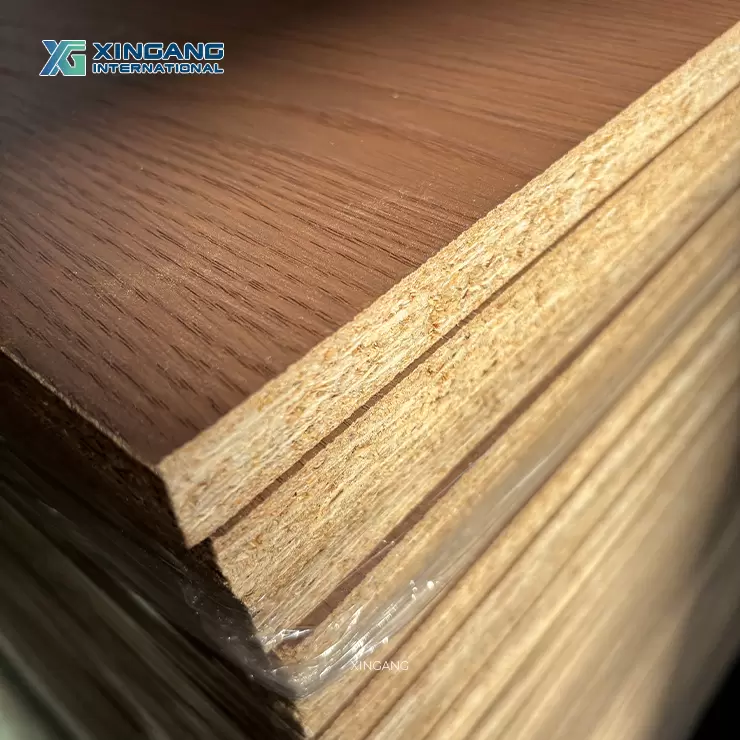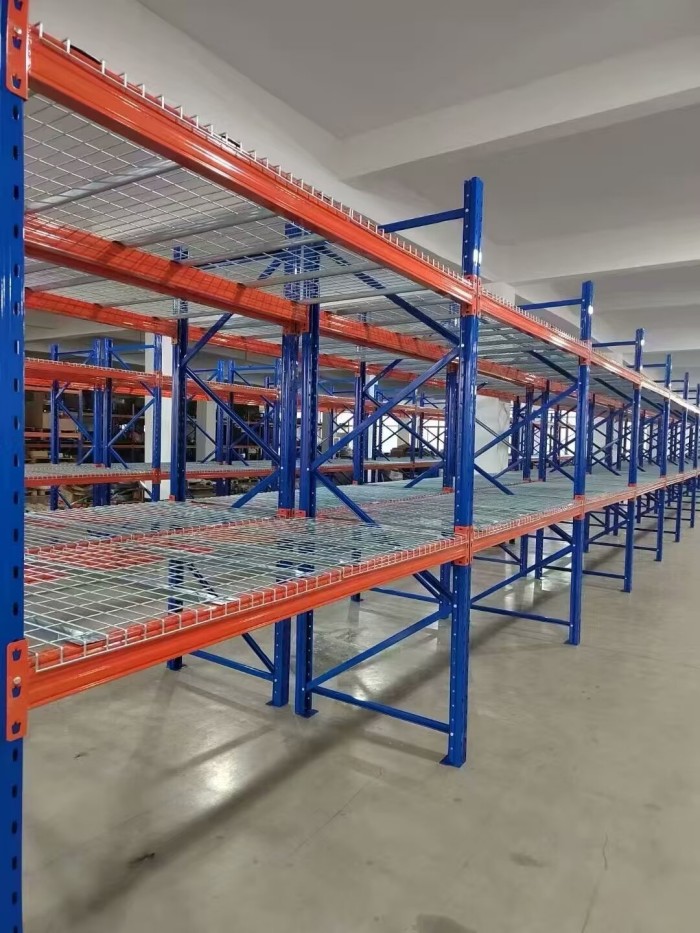Ceiling dampness and water leakage can be a frustrating and potentially damaging problem in any home or building. Not only does it compromise the structural integrity of the ceiling, but it can also lead to the growth of mold and mildew, posing health risks. In this article, we will explore effective strategies to prevent ceiling dampness and water leakage, ensuring a dry and safe environment.
- Identify the Source of Water:
The first step in addressing ceiling dampness is to identify the source of water. This could be a leaking roof, plumbing issues, condensation, or even external factors like rainwater seepage. Thoroughly inspect the area above the damp ceiling to pinpoint the exact cause. - Repair Roofing Issues:
If the source of water is a leaking roof, it is crucial to address this problem promptly. Engage a professional roofing contractor to inspect and repair any damaged or missing shingles, flashing, or gutters. Properly sealing the roof will prevent water from infiltrating and causing ceiling dampness. - Check Plumbing Systems:
Leaky pipes or faulty plumbing fixtures can also contribute to ceiling dampness. Regularly inspect your plumbing systems for any signs of leaks, such as water stains, dripping sounds, or increased water bills. Repair or replace damaged pipes and fixtures to prevent water from seeping into the ceiling. - Improve Ventilation:
Inadequate ventilation can lead to condensation, which can result in ceiling dampness. Ensure proper airflow in your home by installing exhaust fans in kitchens and bathrooms. Additionally, consider using dehumidifiers in areas prone to high humidity levels, such as basements or laundry rooms. - Apply Waterproofing Solutions:
To provide an extra layer of protection against water infiltration, consider applying waterproofing solutions to your ceiling. There are various products available, such as waterproof paint or sealants, that can help create a barrier against moisture. Consult with a professional to determine the most suitable option for your specific ceiling type. - Insulate the Ceiling:
Proper insulation can help prevent condensation and subsequent ceiling dampness. Insulate your ceiling with materials that have high thermal resistance, such as fiberglass or foam insulation. This will not only regulate temperature but also reduce the chances of moisture buildup. - Regular Maintenance:
Prevention is key when it comes to avoiding ceiling dampness. Implement a regular maintenance routine that includes inspecting the roof, checking plumbing systems, and ensuring proper ventilation. Promptly address any issues that arise to prevent them from escalating into more significant problems.
Conclusion:
Ceiling dampness and water leakage can be effectively prevented by identifying the source of water, repairing roofing and plumbing issues, improving ventilation, applying waterproofing solutions, insulating the ceiling, and implementing regular maintenance. By following these strategies, you can maintain a dry and safe environment, protecting your ceiling from getting wet and avoiding potential structural damage and health hazards.





